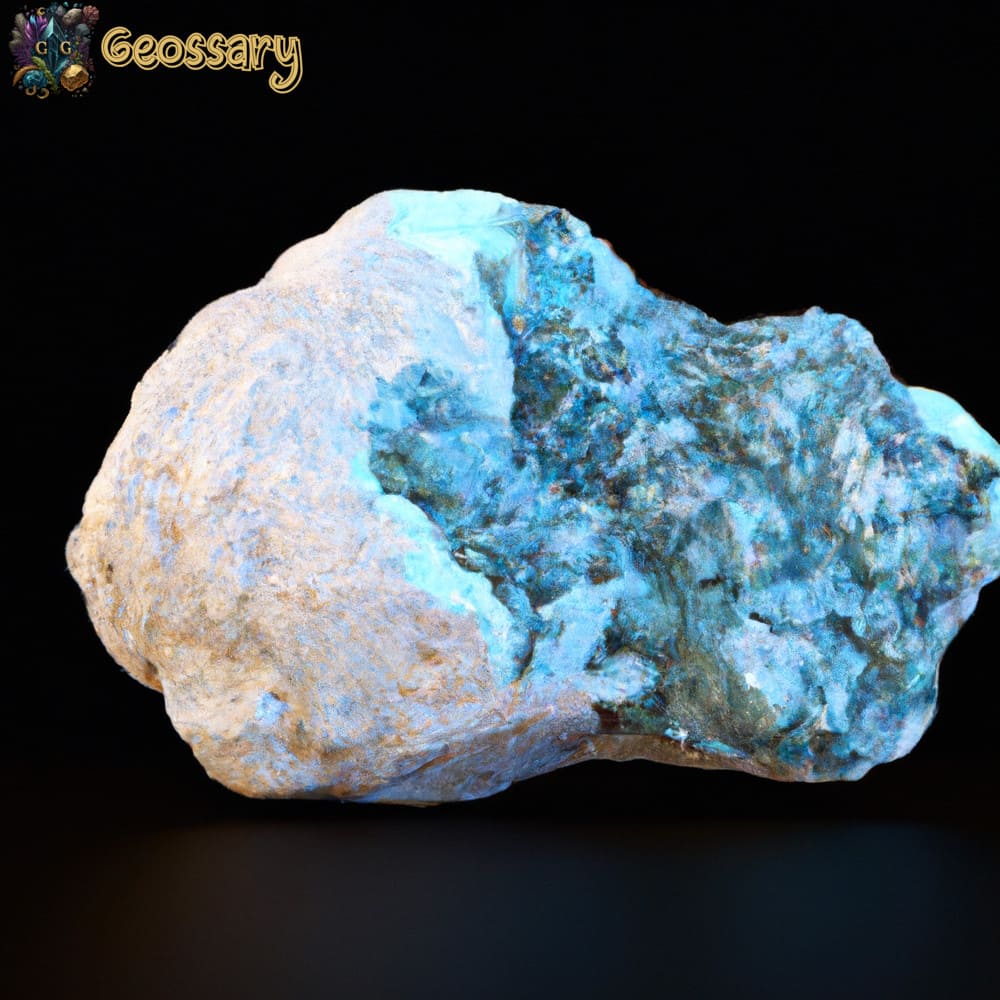Amethyst geodes are one of the most interesting rock formations that appear within the gaps in the rocks of the earth’s crust. In this article we explain all the characteristics, properties and above all where you can find and how amethyst geodes are formed, so that you can go in search of them.
Amethyst geodes are stones or rock formations that accumulate amethyst quartz crystals in a single mass, in drusen or cluster of crystals. The accumulations of these minerals occur in spaces in the crustal rocks that meet special geological conditions.
Spiritual meaning and properties of the amethyst geode
It is worth mentioning that amethyst geodes about 200 years ago were one of the most valuable treasures that could be found, in fact, their value was much greater than diamonds themselves.
For centuries, it was believed that the amethyst quartz geodes they were useful in preventing or reducing drunkenness and symbolized overindulgence. For this reason, the ancient Greeks carved containers and glasses based on amethyst geodes.
In other cultures such as Feng Shui, its meaning was different, here the amethyst geodes represented wealth, that is, they attracted luck and were a symbol of power.
It was also used in ancient China as a powerful tool to remove negative energy and ward off the dangers of everyday life.
They were also famous in the Egyptian empire where these geodes were used to protect against feelings of guilt and fear against witchcraft.
Finally, we highlight that, in the Renaissance period, amethyst geodes were engraved with animal symbols that meant protection and security. Likewise, some were a symbol of humility and modesty despite the fact that the most powerful monarchs used these the most. stones.
Photos and Types of Amethyst Geodes
Giant Amethyst Quartz Geode
The giant amethyst geodes They are very rare samples in nature, most are found inside underground mines that exploit precious metals such as gold. They are considered as giant geodes because they exceed 1 meter in length, some samples reach more than 3 meters in length.
Only people with a lot of money are able to have these geodes for their personal collection because their valuations reach prices that exceed 2 million dollars.
Hence the other majority are in museums or in the same mines where they were found.
Amethyst drusen and geodes
The amethyst drusen they are small parts that once made up the entire amethyst quartz geode.
Polished amethyst geodes
The polished amethyst geodes They are those that have been cut and polished with the aim of being able to see the entire rock formation inside, either for study, to know its origin and simply to be used as an ornamental stone, since polished amethyst geodes have very striking shapes..
Heart amethyst geodes
Amethyst geodes during their formation acquire peculiar random shapes, and the most famous have been those that have the shape of a heart. In fact, these types of geodes have been used as special gifts between couples.
Some amethyst quartz geodes instead they are polished and cut in the shape of a heart and are a symbol of love.
Fake amethyst geode
In reality, there is no such thing on the market. faux amethyst geodes, because these types of rocks are quite common to find in the jewelry, jewelery and precious stones market.
How amethyst geodes are formed?
First of all, it must be taken into account that for the formation of the amethyst quartz geode there need to be spaces in the crustal rocks. These spaces are generally formed by the action of geological faults that displace and break the rocks inside.
These spaces can also be opened by the rise of hydrothermal fluids, the same ones that will crystallize the different types of geodes, minerals and precious stones that occur in nature.
Bearing this in mind, we will tell you the steps of how this stone is formed.
- Amethyst quartz geodes come from the crystallization of hydrothermal fluid rich in silica and with traces of iron ions.
- These fluids come from magma chambers within the crust that are also related to nearby volcanic centers.
- This fluid begins to crystallize at a temperature of 500°C within the spaces in the rocks, while time, space and aqueous hydrothermal fluid exist, the larger will be the amethyst quartz crystals in the geode.
- The purple color of the amethyst geode is due to the fact that the natural radiation of the earth affects the iron ions and gives it those purple or purple tones.
- Over time, these geodes that crystallized at an approximate depth of 1 kilometer emerge on the surface as the terrain is eroded or lifted by geological faults.
Where can you find amethyst quartz geodes?
Amethyst stone geodes are only going to occur in special geological settings. If we remember that a large quantity of hydrothermal fluids is necessary for its formation and that these fluids are associated with deep magmatic chambers, then the following environments can be deduced.
- These rocks are quite common to find near active or once active volcanoes. We recommend you check which ones are in your area.
- They can also crystallize close to igneous rock bodies such as granites, granodiorites and syenites. To do this, we recommend looking for geological maps that indicate the location of those rocky bodies and looking for geodes around those rocks.
- The most common way is to find them in hydrothermal veins of quartz. At present the only way is to enter closed gold, silver or sulphide mines, or ask permission in a mine that has these quartz veins.
You will find amethyst geodes inside hard rocks and so you should not search on the ground.

